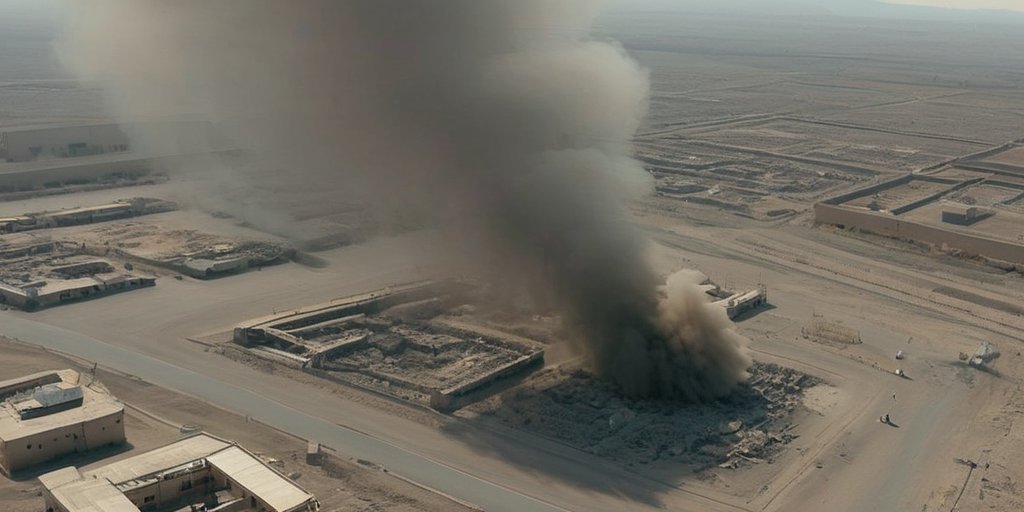For over three decades, Iran has developed a network of proxy forces to extend its influence beyond its borders, effectively keeping its adversaries at a distance while Supreme Leader Ayatollah Ali Khamenei solidified his power. However, the landscape began to shift dramatically on June 13, when Israel launched an unprecedented surprise attack deep into Iran, dismantling Tehran’s long-held perception of invincibility.
Initially, direct military actions against Iran seemed unthinkable; yet, the Israeli strikes showcased a vulnerability that Iran had meticulously masked. The pre-emptive strikes claimed the lives of numerous military leaders and top nuclear scientists, igniting outrage and fear within Iran and eliciting a reaction from the U.S., which joined Israel’s efforts by targeting key nuclear facilities. Following this unexpected escalation, a ceasefire was declared shortly after the joint campaign began, primarily at the behest of U.S. President Donald Trump, who was anxious about the potential for chaotic regime change in Iran.
The overseeing context of Trump’s administration painted a complex scenario, where his administration’s posture toward Iran fluctuated between aggression and restraint. Many speculated whether regime change was indeed the ultimate goal of the U.S and Israel following the bombings, especially since the collateral damage was heavy – reports indicate over 600 fatalities, including civilians. Trump himself noted that altering Iran’s leadership could incite further unrest, hence his advocacy for a ceasefire.
The consequences of these attacks have triggered a seismic shift within Iran, as authorities scramble to reinforce their grip on power amidst growing discontent. The Iranian leadership, once seen as indomitable, is now perceived by its citizens as vulnerable. Shortly after the attacks, rumors circulated that Khamenei, typically the face of Iranian authority, was in hiding, presenting a stark reminder of the narrative disruption caused by these foreign strikes.
Returning to the domestic repercussions, many analysts foresee an approach towards further repression of reformists and dissenters in a bid to consolidate power. The political landscape, especially under the leadership of Masoud Pezeshkian, who had campaigned for a more diplomatic approach towards the West, appears increasingly precarious. His reformist agenda now faces an uphill battle as hardliners aim to eradicate perceived threats, following the military strikes.
Interviewed citizens voiced deep concerns over the Iranian regime’s future, and whether reasonable diplomatic engagements could survive the turbulence. Trump’s recent intervention, perceived as protective of the current Iranian leadership, incited mixed feelings among ordinary Iranians, with many expressing animosity towards both Trump and the encroaching Israeli military actions.
Ultimately, the event has highlighted the paradox of Iran’s security setup; while its regime may showcase resilience, the collective sentiment amongst the populace is one of skepticism. There remains a palpable tension between nationalistic pride in the face of a foreign attack and fear of the internal consolidation of power by an already oppressive regime. With Trump having brokered a temporary peace, the future remains uncertain for both Iranian people and the broader geopolitical gambit in the Middle East. The notion that Iran can be both powerful yet fragile has never been more pronounced since the attacks.
